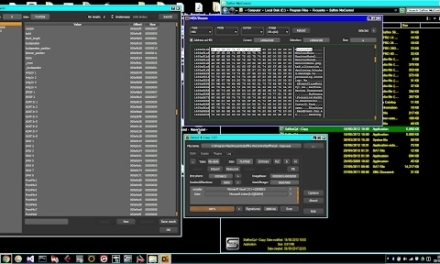Hardware trojans can wreak havoc in IoT devices and networks. Now, the problem of analyzing device behavior 24/7 can be streamlined.
The Internet of Things (IoT) is changing everything: from smart devices to smart infrastructure. Unfortunately, along with it comes the increased threat of malware and cybersecurity attacks.
IoT devices can contain components from multiple sources, so their hardware and software can include security schemes that range from very sophisticated to non-existent.
As the number of electronic components increases, detecting malicious circuitry or hardware trojans becomes more difficult. As more and more IoT devices enter our everyday lives, engineers must consider new methods to detect hardware trojans.
The problem of continuous analytics
Analyzing device current waveforms is one method to identify hardware trojans in the circuitry. However, today, with fast clock rates and wide dynamic ranges, engineers must take quick, continuous measurements to capture the waveform in full detail. This can generate huge data files, potentially greater than 1 TB for measurements taken over 24 hours. Sifting through such a massive database manually is a daunting task. Hardware trojans can thereby easily slip through unnoticed.
Until recently, there was no real solution to this problem. Data loggers can capture large amounts of data, but they do not have the bandwidth to capture high-frequency signals. Oscilloscopes can handle the bandwidth, but they have limited data storage. And neither hardware solution has a built-in way to visualize the data, making it difficult to identify unexpected patterns.
Many technology companies are exploring a new solution for handling these big data challenges using machine learning. One such solution could analyze terabyte-sized waveform databases orders of magnitude more quickly than conventional techniques. (See figure)

Users can immediately locate questionable signals that cannot be identified by traditional methods. In real-time, the system uses machine learning technology to sort the incoming data and tag waveform segments based on their similarity. It should be noted that the sorting does not have to be perfect—it just requires enough information to detect trends and identify outliers.
As the complexity of devices continues to increase, the software tools used to evaluate them need to keep pace.
In cases where devices are used in mission-critical systems such as IoT, understanding waveform behavior can make or break the security of the system or device.
Security in IoT is important to both the users and the developers. Whether it is designing IoT devices in the industry, home, medical, or education sector, the security of the device must be analyzed prior to product deployment.
With machine learning, this analysis has become much easier.

















